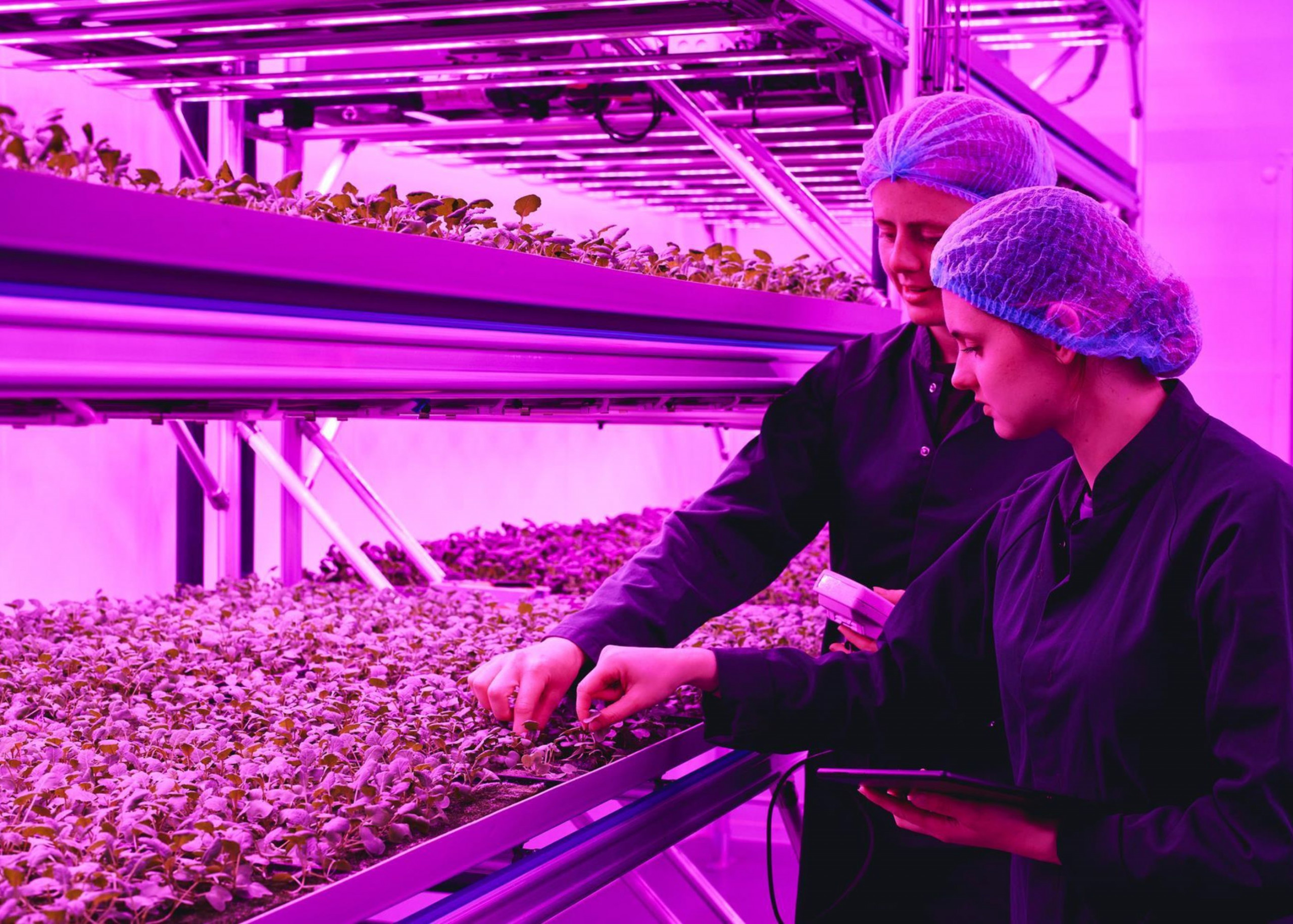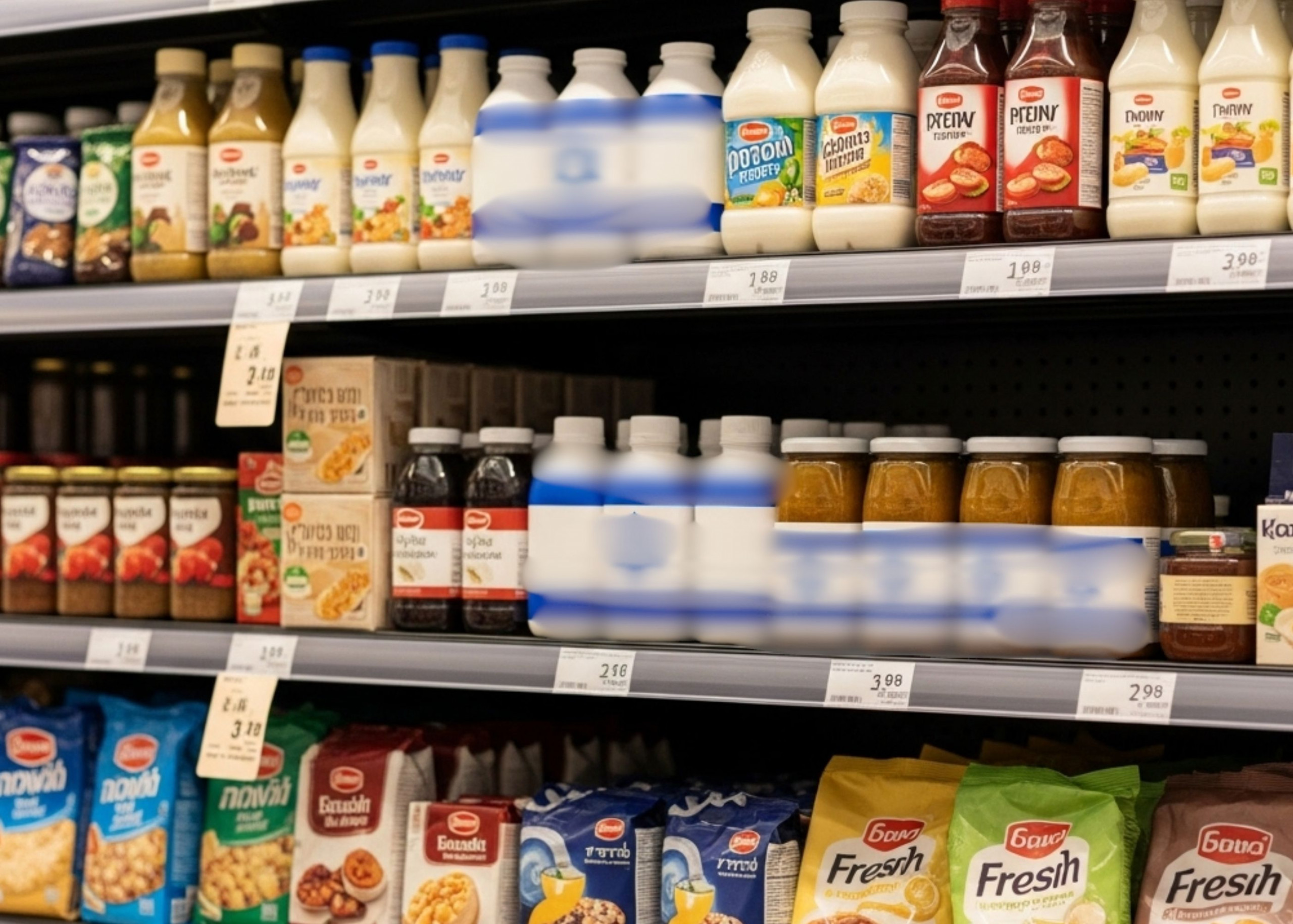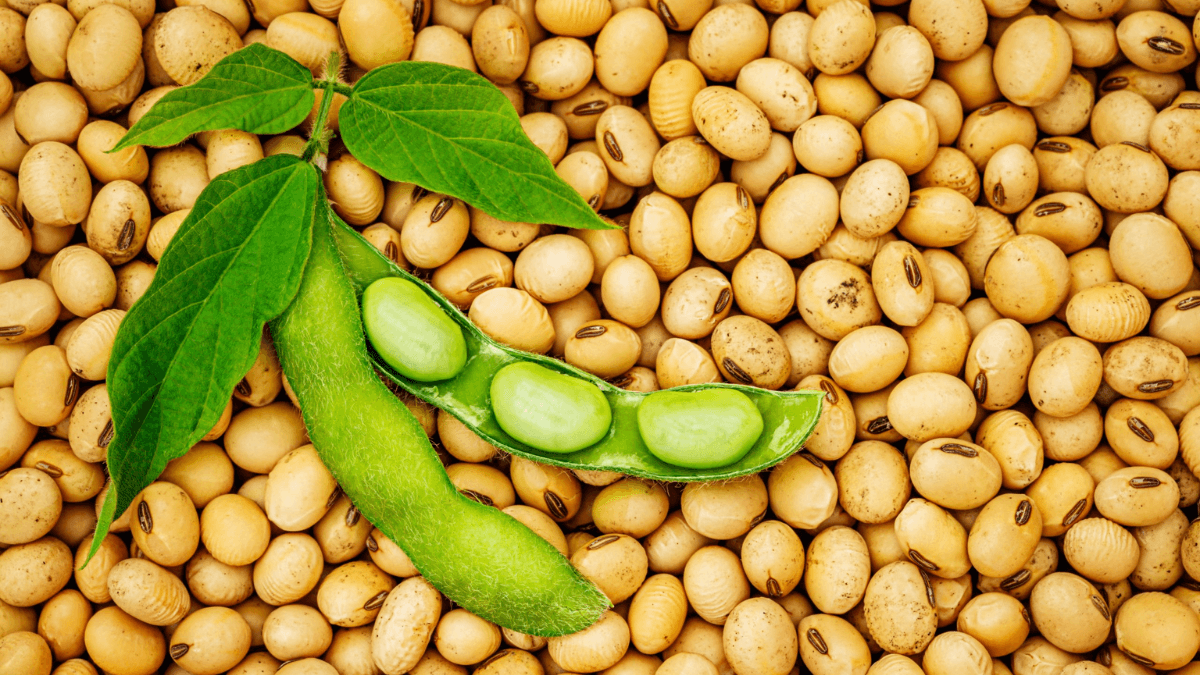News in brief:
– India and the United States are advancing toward a major trade deal focused on reducing tariffs and boosting cooperation in agriculture, energy, and defence.
– They hope to finalise the first phase by autumn 2025, and it could significantly increase US agricultural exports to India.
Global trade watchers are closely monitoring progress on a potential trade agreement between India and the United States, as negotiations intensify around key sectors including agriculture, energy, and defence. Both countries aim to finalise the first phase of the deal by autumn 2025, potentially reshaping bilateral trade, which reached $131.84 billion in FY25.
A major component of the proposed Bilateral Trade Agreement (BTA) is tariff restructuring.
The US had imposed a 26% reciprocal tariff on Indian goods, currently suspended for 90 days since April 10. India is seeking a complete exemption from these retaliatory tariffs, while analysts believe reduced Indian tariffs could open greater access for US agricultural and energy exports.
For agriculture, the deal could lead to increased US exports of products like walnuts, cranberries, and pistachios. However, broader market access remains a sticking point due to existing protections in India. Even so, agricultural cooperation is expected to deepen, as India works to ensure food security and modernise supply chains.
The key stumbling block in the negotiations lies in disagreements over tariffs on key goods. India is seeking a rollback of the proposed 26% reciprocal tariff set to take effect on July 9, while also pushing for relief from existing US tariffs on auto parts and steel. In contrast, the US wants India to commit to deeper import tariff cuts on American agricultural products such as soybeans and corn, as well as on cars and alcoholic beverages.
Additionally, Washington is pressing for the easing of non-tariff barriers that complicate market access for US exporters. This demand clash has allegedly stalled progress, despite earlier optimism and political support from both governments. Indian negotiators argue that they have already made goodwill offers, including cuts on nuts like almonds and pistachios and preferential access in sectors like energy and defence, but the US side remains firm on deeper concessions.
Energy is another promising frontier. With growing demand for liquefied natural gas (LNG), India is looking to long-term agreements with US suppliers. Experts note LNG’s price stability and compatibility with India’s sustainability goals make it a viable alternative to crude oil.
Defence trade also features prominently. Despite India’s push for domestic defence manufacturing, partnerships like the INDUS-X initiative with the US highlight ongoing collaboration in arms technology and security.
Looking ahead, both nations hope to expand total trade to $500 billion by 2030. With ongoing discussions with the EU and UK, India’s trade diversification strategy is gaining momentum. As the world’s most populous democracy and a rising economy, India’s next trade moves could reshape global agriculture and energy markets.



